Did you know that squash is one of the most versatile and nutritious vegetables you can grow in your garden? Not only is it packed with vitamins and minerals, but squash also offers a wide range of culinary possibilities, from refreshing summer salads to hearty winter stews. Whether you’re a seasoned gardener or just starting out, learning how to grow squash successfully is an essential skill that will reward you with a bountiful harvest.
Key Takeaways:
- Growing squash offers a variety of culinary uses and nutritional benefits.
- Successfully growing squash requires following essential tips and best practices.
- Choosing the right squash varieties and understanding their characteristics is important.
- Proper planting, care, and pest control are crucial for a thriving squash garden.
- Knowing when and how to harvest squash ensures optimal flavor and texture.
Types of Squash: Summer and Winter Varieties
Squash is a versatile vegetable that comes in various shapes, sizes, and flavors. It is categorized into two main types: summer squash and winter squash.
Summer Squash:
Summer squash is harvested during the warm summer months. It has a delicate and mild flavor, making it perfect for light and refreshing dishes. Some popular varieties of summer squash include yellow squash and zucchini.
Yellow squash, as the name suggests, has a vibrant yellow color and a tender texture. It is often used in stir-fries, sautés, and salads. Yellow squash adds a pop of color and a subtle sweetness to your culinary creations.
Zucchini, another type of summer squash, is well-known for its versatility. It can be used in a variety of savory dishes, from grilling to roasting, sautéing to baking. Zucchini is also commonly spiralized into “zoodles,” a healthy alternative to pasta.
Winter Squash:
Winter squash is harvested in the fall and has a hard rind, allowing it to be stored for long periods. Unlike summer squash, winter squash has a dense and rich flavor, making it ideal for hearty dishes. Some popular varieties of winter squash include butternut squash and acorn squash.
Butternut squash is known for its distinctive pear shape and tan-colored skin. It has a sweet and nutty flavor, which intensifies when roasted or pureed. Butternut squash is commonly used in soups, stews, risottos, and roasted vegetable medleys.
Acorn squash features a dark green rind and vibrant orange flesh. It has a slightly sweet and nutty flavor. Acorn squash is often stuffed and baked, adding a beautiful presentation and delicious taste to your meals.
Whether you choose the delicate and mild flavors of summer squash or the rich and hearty flavors of winter squash, incorporating these varieties into your garden and kitchen will enhance your culinary experience. The wide range of tastes and culinary uses of squash makes it an essential vegetable for any cook or gardener.
Selecting the Right Variety of Edible Squash
When it comes to choosing the right variety of edible squash for your garden, there are numerous delicious options available. Each variety offers its own unique characteristics in terms of size, color, texture, and flavor, allowing you to experiment with different flavors in your culinary creations.
Yellow Squash
Yellow squash features an elongated shape and vibrant yellow color, perfect for grilling or sautéing.
Zucchini
Zucchini is a versatile squash that can be used in savory and sweet dishes, from zucchini bread to spiralized “zoodles.”
Butternut Squash
Butternut squash has a distinct pear shape and tan-colored skin, with a sweet and nutty flavor that lends well to roasting and pureeing.
Acorn Squash
Acorn squash has a dark green rind and vibrant orange flesh, ideal for stuffing or roasting.
With the wide range of options available, you can select the squash varieties that best suit your taste preferences and culinary needs. Whether you’re grilling, roasting, or adding squash to your favorite recipes, these varieties offer endless possibilities in the kitchen.
| Squash Variety | Characteristics | Best Uses |
|---|---|---|
| Yellow Squash | Elongated shape, vibrant yellow color | Grilling, sautéing |
| Zucchini | Versatile, mild flavor | Savory dishes, zucchini bread, spiralized “zoodles” |
| Butternut Squash | Pear shape, tan-colored skin | Roasting, pureeing |
| Acorn Squash | Dark green rind, vibrant orange flesh | Stuffing, roasting |
Benefits of Growing Edible Squash
Growing edible squash in your garden offers a multitude of benefits. Not only are squash plants easy to grow, but they also add beauty to your garden with their vibrant colors and ornamental gourds. The abundance of squash varieties allows you to experiment with different tastes and textures, making them a versatile and exciting addition to your culinary endeavors.
One of the key benefits of growing squash is the satisfaction of harvesting fresh vegetables from your own garden. There’s nothing quite like picking a ripe, juicy squash and knowing that it’s free from pesticides and other harmful chemicals. The taste of homegrown squash is unbeatable, whether you’re grilling it for a summer barbeque or adding it to a comforting winter stew.
Squash offers a wide range of culinary uses, making it an essential ingredient in various dishes. From classic yellow summer squash to cylindrical zucchini and distinctive butternut squash, the culinary possibilities are endless. You can grill, sauté, bake, or roast squash to perfection, creating flavorful side dishes, main courses, or even desserts. The natural sweetness and tender texture of squash make it a favorite among chefs and home cooks alike.
Furthermore, squash is an excellent source of essential nutrients and vitamins. It is low in calories, high in fiber, and packed with beneficial antioxidants. Incorporating squash into your diet can contribute to a healthy lifestyle and provide a range of health benefits, including improved digestion, boosted immunity, and reduced risk of chronic diseases.
“Squash is not only delicious, but it is also a nutritional powerhouse. It’s a great source of vitamins A and C, potassium, and dietary fiber.”
In addition to their culinary and nutritional advantages, growing squash plants can also enhance the visual appeal of your garden. With their vibrant green foliage and vibrant colors of the ripening fruits, squash plants create an attractive backdrop and add visual interest to any garden landscape. The unique shapes and sizes of different squash varieties make them ideal as ornamental gourds for fall decorations and seasonal centerpieces.
Overall, the benefits of growing edible squash are numerous. From the joy of gardening and harvesting your own produce to the culinary delights and nutritional advantages, squash plants offer a rewarding experience that satisfies both the taste buds and the soul.
Planting and Care Requirements for Squash
Before you begin planting squash in your garden, it’s essential to understand the proper care and requirements for these versatile vegetables. By following these guidelines, you’ll ensure that your squash plants thrive and produce a successful harvest.
Choosing the Right Location
When selecting a location for your squash plants, choose an area that receives ample sunlight, ideally 6-8 hours a day. Squash plants require sunlight to grow and develop properly. Additionally, ensure that the soil is well-draining and nutrient-rich.
Starting from Seeds or Transplants
Squash plants can be started from either seeds or transplants. If you choose to start from seeds, sow them directly into the garden once the soil has warmed up to around 60°F. Alternatively, you can start squash seeds indoors 4-6 weeks before the last frost date and later transplant the seedlings outdoors.
Watering
Consistent watering is crucial for the healthy growth of squash plants. Water them deeply, ensuring that the soil is evenly moist but not waterlogged. Avoid overhead watering, as it can promote disease. Consider using drip irrigation or soaker hoses to deliver water directly to the roots.
Pest Control
Squash plants are susceptible to pests such as squash bugs and vine borers. Regularly inspect your plants for signs of infestation, such as yellowing leaves or wilting. If you spot any pests, take appropriate measures to control them, such as handpicking or using organic pest control methods.
Pruning and Disease Prevention
Pruning squash plants can help promote air circulation and prevent the spread of diseases. Remove any yellowing or diseased leaves promptly. Additionally, consider hand-pollinating your squash plants to improve fruit development, especially if there’s a lack of pollinators in your area.
Proper care and maintenance, such as choosing the right location, watering adequately, implementing pest control measures, and pruning when necessary, will ensure that your squash plants remain healthy and productive.
By following these planting and care requirements, you’ll be well on your way to growing robust and abundant squash plants in your garden.
When to Plant Squash
Timing is crucial when it comes to planting squash for optimal growth and harvest. Whether you prefer starting squash seeds indoors, transplanting seedlings, or direct sowing seeds, it’s important to be mindful of the right time to ensure a successful crop.
Starting Squash Seeds Indoors
If you’re eager for an early harvest, starting squash seeds indoors is an excellent option. Begin this process about 4 to 6 weeks before the last frost date. By providing a warm and controlled environment, you can give your seeds a head start, allowing them to develop into healthy seedlings before transplanting them outdoors.
Transplanting Squash Seedlings
Once all chances of frost have passed and the soil has warmed up to around 60°F, it’s time to transplant your squash seedlings outdoors. This usually occurs a few weeks after the last frost date, depending on your specific location. Transplanting the seedlings at the right time ensures they are strong enough to withstand outdoor conditions and continue their growth in the garden.
Direct Sowing Squash Seeds
If you prefer a simpler approach, you can directly sow squash seeds into the garden when the soil temperature reaches 60°F or higher. This method eliminates the need for seed starting indoors and allows the seeds to germinate and grow directly in their desired location.
By following these guidelines, you can ensure that your squash plants have the best chance of thriving and producing a plentiful harvest. Whether you choose to start seeds indoors, transplant seedlings, or directly sow seeds, timing is key to a successful squash-growing season.
How to Cure and Store Winter Squash
Winter squash, such as butternut, buttercup, and spaghetti squash, is a delicious and versatile vegetable that can be enjoyed throughout the colder months. To ensure that your winter squash stays fresh and flavorful for an extended period, it’s important to follow proper curing and storage techniques.
When it comes to curing winter squash, the process involves allowing the squash to sit in a warm place with good air circulation for 10-14 days. This allows excess moisture to evaporate and sugars in the squash to become more concentrated, resulting in a sweeter and richer flavor. It’s crucial to choose a warm location, such as a sunny windowsill or a countertop, where the squash can receive adequate airflow.
After the curing period, it’s time to store the winter squash properly. Storing winter squash in a cool, dark place with the right humidity levels is key to preserving its quality. A basement, cellar, or pantry can serve as ideal storage locations. The temperature should be around 50-55°F (10-13°C), and the humidity should be between 50-70%. It’s essential to avoid storing winter squash in the refrigerator, as the cold temperatures can negatively affect the taste and texture.
Note: Acorn squash does not require the curing process and can be stored without prior curing.
To help you understand the optimal curing and storage conditions for winter squash, here’s a table summarizing the key points:
| Squash Variety | Curing Period | Storage Temperature | Storage Humidity |
|---|---|---|---|
| Butternut Squash | 10-14 days | 50-55°F (10-13°C) | 50-70% |
| Buttercup Squash | 10-14 days | 50-55°F (10-13°C) | 50-70% |
| Spaghetti Squash | 10-14 days | 50-55°F (10-13°C) | 50-70% |
By following these curing and storage tips, you can enjoy the rich flavors of winter squash long after the harvest season. Whether you’re using them in savory dishes, roasting them with herbs and spices, or incorporating them into comforting soups and stews, properly cured and stored winter squash will be a delightful addition to your culinary creations.
Tips for Harvesting and Using Squash
When it comes to enjoying the best flavors and textures of squash, proper harvesting and usage techniques are key. Whether you have a bounty of summer squash like yellow squash and zucchini or a collection of winter squash varieties, such as butternut or acorn squash, here are some tips to help you make the most of your harvest:
- Harvesting Summer Squash: Yellow squash and zucchini are best when harvested young and tender, typically when they reach a length of 6 to 8 inches. Look for vibrant, firm skin and avoid letting them grow too large, as they may become tough and watery.
- Harvesting Winter Squash: Winter squash should be harvested when the rind has hardened and the skin has turned dry and dull. This usually occurs in the fall, as the squash reaches maturity. Check for consistent coloring, firmness, and a hard rind to ensure maximum flavor and quality.
Now that you have a bountiful supply of squash, it’s time to explore the many delicious ways to use them in your cooking:
- Using Squash in Recipes: Squash is a versatile vegetable that can be incorporated into a wide range of recipes. From refreshing salads and comforting soups to savory stir-fries and hearty baked dishes, the possibilities are endless. Let your culinary creativity shine by experimenting with different flavors and combinations.
- Preserving Squash: If you have an abundance of squash and want to enjoy it throughout the year, consider preserving it through canning, pickling, or freezing. Canned or pickled squash can add a delightful tang to your meals, while frozen squash can be a convenient addition to stews, casseroles, or even smoothies.
| Squash Variety | Tips for Usage |
|---|---|
| Summer Squash (Yellow Squash, Zucchini) | Grill, sauté, bake, or use in salads and stir-fries |
| Winter Squash (Butternut Squash, Acorn Squash) | Roast, puree, use in soups, stews, and baked dishes |
By harvesting squash at the right time and considering different cooking and preservation methods, you can fully enjoy the flavors and versatility of this nutritious vegetable.
Troubleshooting Common Squash Pests
Squash plants bring joy to any garden with their vibrant colors and delicious produce. However, these plants can also attract some unwanted visitors in the form of pests. Common squash pests include squash bugs, squash vine borers, and cucumber beetles. It’s essential to control these pests to protect your plants and ensure a successful harvest.
1. Squash Bugs
Squash bugs are flat, brown insects that can cause significant damage to squash plants. They feed on the leaves, stems, and fruits of the plants, weakening them and hindering their growth. To control squash bugs:
- Inspect your plants regularly, checking the undersides of leaves where the bugs tend to hide.
- Remove any squash bugs you find manually.
- Consider using row covers to prevent the pests from reaching your plants.
2. Squash Vine Borers
Squash vine borers are moth larvae that burrow into the stems of squash plants, causing them to wilt and die. To control squash vine borers:
- Inspect the base of the plants for entry holes or frass (sawdust-like material).
- If you find any borers, carefully remove them with a knife or needle.
- Protect the plants by wrapping the stems with aluminum foil or using row covers.
3. Cucumber Beetles
Cucumber beetles are small, striped beetles that can transmit diseases to squash plants. They feed on the leaves, flowers, and fruits, causing significant damage. To control cucumber beetles:
- Inspect your plants regularly and remove any beetles you find, either manually or with a vacuum.
- Consider using row covers to prevent the beetles from reaching your plants.
- Attract natural predators, such as ladybugs and lacewings, to your garden to help control the beetles.
By implementing these pest control practices, you can protect your squash plants and maximize your harvest. Remember to monitor your plants regularly and take action at the first sign of pests. Your efforts will ensure healthier plants and a more abundant supply of delicious, homegrown squash.
Conclusion
Growing squash can be a truly rewarding experience. From selecting the right varieties to harvesting and using them in various recipes, there is a sense of satisfaction in cultivating your own delicious vegetables. By following the tips and best practices shared in this article, you can ensure a bountiful harvest of flavorful squash throughout the season.
Whether you consider yourself a beginner or an experienced gardener, the key to successful squash cultivation lies in proper planting, care, and pest control. By providing your squash plants with a suitable environment, consistent watering, and regular inspection for pests, you can nurture healthy plants and maximize your chances of a fruitful harvest.
As you embark on your squash-growing journey, remember that the possibilities are endless in the kitchen. You can experiment with a variety of recipes, using squash as a versatile ingredient in both savory and sweet dishes. Additionally, you can preserve the taste of summer or fall by canning, pickling, or freezing squash to enjoy throughout the year.
So why wait? Start planning your squash garden today and experience the joy of growing your own delicious vegetables. Whether it’s the vibrant yellow of summer squash or the robust flavor of winter squash, the satisfaction of enjoying the fruits of your labor will be truly rewarding!
Storage and freezing squash
Proper storage is crucial for maintaining the quality of harvested squash. To ensure your squash stays fresh and delicious, store it in a cool, dark place with good air circulation. A dark pantry or cellar is ideal for storing squash, as it helps maintain a consistent temperature. Avoid storing squash near fruits, as they release ethylene gas that can cause premature ripening and spoilage.
When storing squash, check it regularly for any signs of rotting. Remove any damaged or overripe squash immediately to prevent it from spoiling the others. Remember to handle squash with care, as rough handling can also lead to bruising and spoilage.
If you have an abundance of squash and want to preserve it for long-term storage, freezing is an excellent option. Before freezing squash, it’s recommended to blanch it first in boiling water for a few minutes. Blanching helps preserve the flavor, texture, and color of the squash. After blanching, let the squash cool, then slice or chop it into the desired size. Place the squash in airtight freezer-safe bags or containers, removing as much air as possible to prevent freezer burn. Label and date the packages, and store them in the freezer, where they can last for several months.
By following these storage and freezing tips, you can enjoy the taste of summer or fall squash throughout the year. Whether you’re storing squash for short-term use or freezing it for later, proper storage techniques will ensure that your squash remains fresh, flavorful, and ready to be incorporated into your favorite recipes.

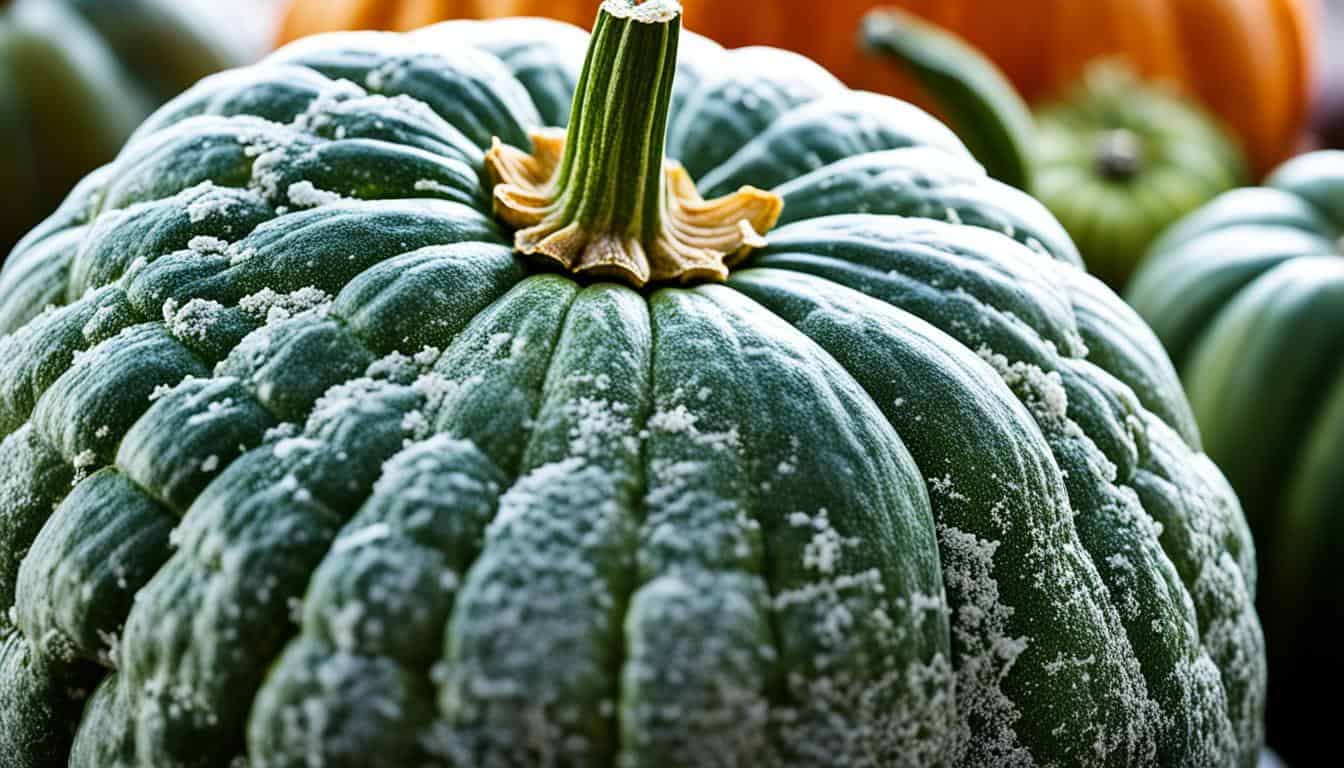
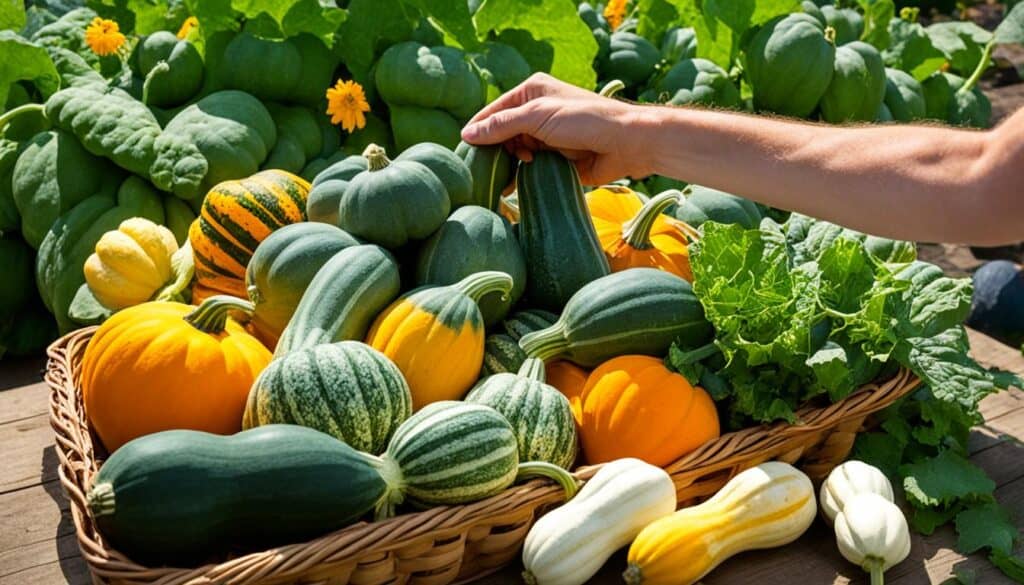

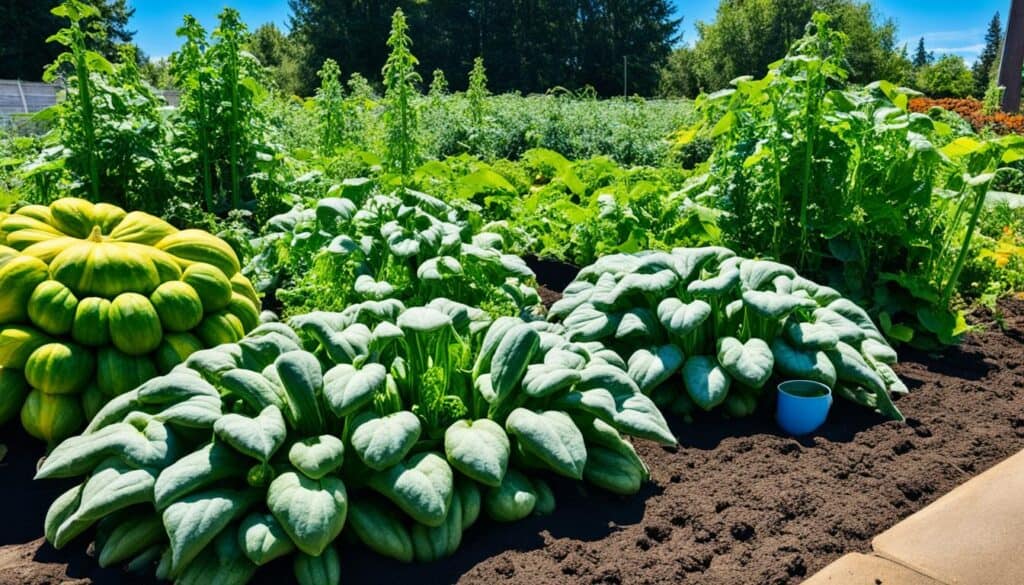
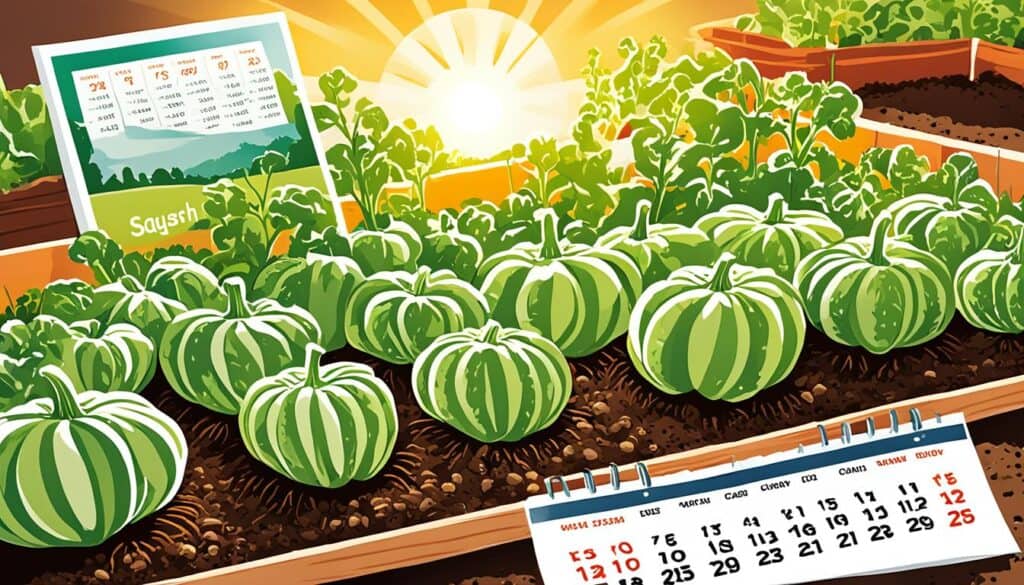
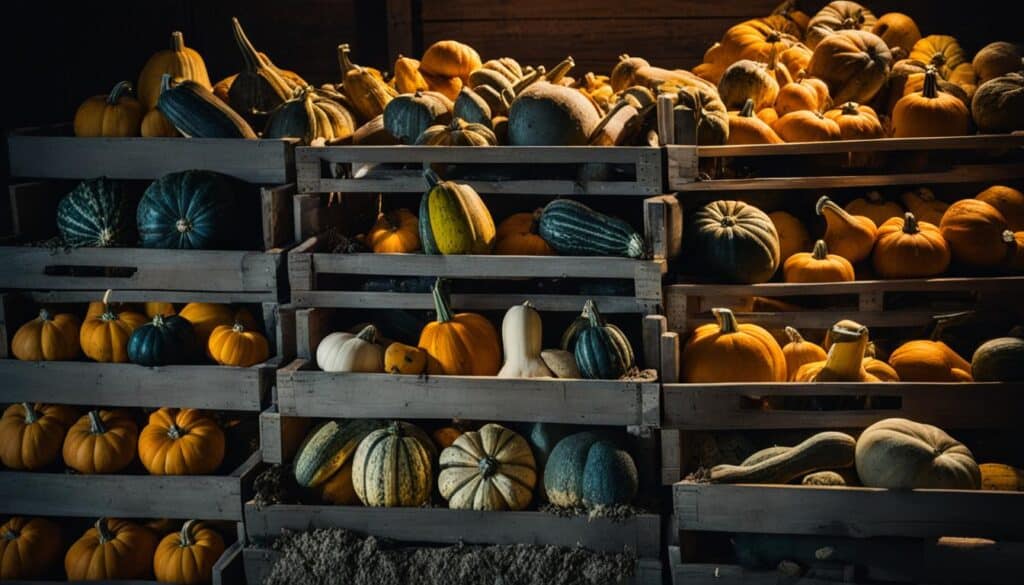



Leave a Reply